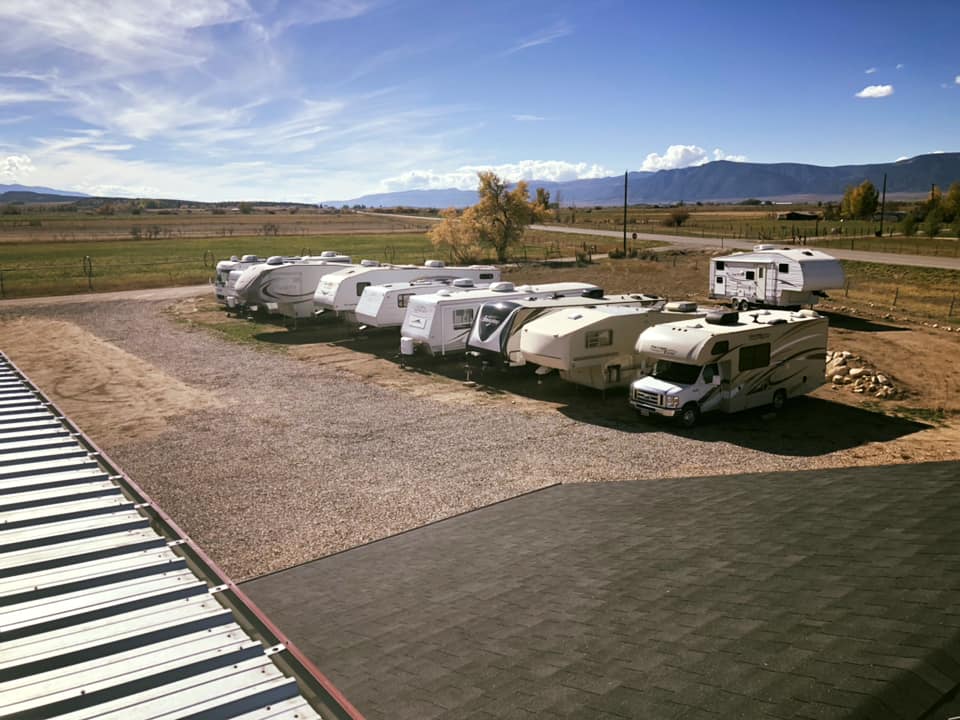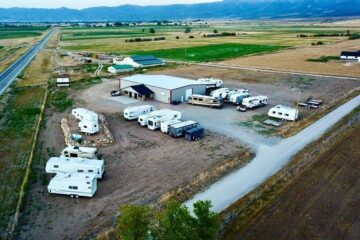There is nothing like the excitement of de-winterizing your RV. It’s a sign that warmer weather and new adventures are approaching. But before you can hit the open road, taking the necessary steps to ensure your Trailer is in tip-top shape is crucial. In this blog post, we’ll share some critical information on when and how to de-winterize your RV so you can confidently hit the road.

Why Is it Important to Winterize and De-winterize Your RV.
Winterizing and de-winterizing your RV are two critical steps for maintaining your investment. Unfortunately, skipping these essential steps can lead to significant damage that can cost you a lot of money in repairs.
Winterizing your trailer is essential to protect it from potential damage caused by freezing temperatures. Failure to winterize your RV can cause burst water lines and cracked fittings, leading to many issues that can ruin your camping experience.
De-winterizing your RV is equally essential. During this process, you prepare your trailer for the upcoming season and inspect appliances and equipment for any potential issues. You can address them at this point and perform any scheduled maintenance, ensuring your RV is in excellent condition for your next adventure.
If you need help with winterizing or de-winterizing your trailer, don’t worry. Just read the documentation that came with your RV. These steps will protect your investment and ensure you can enjoy your RV for years.
When Is the Best Time to De-winterize Your RV?
The timing of de-winterizing your RV will depend on several factors, including your location, climate, and camping schedule. Those living in colder climates or higher elevations may need to wait until late spring to start de-winterizing
We recommend getting started a few weeks before your first planned trip. This gives you ample time to ensure everything is in good working order, address any issues discovered during the process, and replace or upgrade any systems or components. You don’t want to delay future trips due to overlooked maintenance issues.
What Interior Items Should Be Checked When De-winterizing?
De-winterizing your RV involves several critical steps to ensure your interior is ready for the upcoming season. One of the most vital steps is flushing the plumbing system with clean water, removing any remaining antifreeze, and checking for leaks.
Remember to turn on your water heater and watch for signs of cracks or corrosion. It can take 10 to 15 minutes to heat up the water in your tank unless you have a tankless water heater. Please do so to avoid cold showers during your first trip.
While inspecting your water heater, take the time to check your water pump for leaks and ensure there is enough pressure. Leave the pump on while completing the de-winterizing process and listen for any random cycling, which could indicate a leak in your system.
Inspecting and lubricating your windows and seals to ensure they open and close smoothly is also essential. Testing all your appliances and safety equipment, including your smoke and carbon monoxide detectors, is also crucial.
Finally, let your refrigerator cool for several hours before testing it to ensure everything works correctly.
Necessary Exterior RV Checks When De-winterizing
In addition to the interior, several critical exterior checks are needed when de-winterizing your camper. Start with your tires, looking for any signs of uneven wear or sidewall damage.
Inspect the exterior seals thoroughly, removing any faulty sealant and replacing it with a fresh coat. Check for any signs of damage to the roof membrane, paying particular attention to campers with slide outs.
Test your battery bank and propane tanks, ensuring they are fully charged and topped off. Remember to test your generator.
In conclusion, de-winterizing your RV is essential to ensure your rig is ready for the upcoming camping season.
By inspecting all the critical systems and components, you can address any issues and perform any necessary maintenance. This protects your investment and ensures you can enjoy your RV for years to come. Remember to check the interior and exterior of your RV, including the plumbing system, water heater, water pump, windows, appliances, safety equipment, tires, exterior seals, battery bank, propane tanks, generator, and motor. Remember to sanitize your water tank to avoid potential health hazards. With these tips, you can confidently de-winterize your RV and start planning your next adventure. Happy camping!


0 Comments